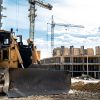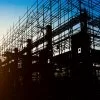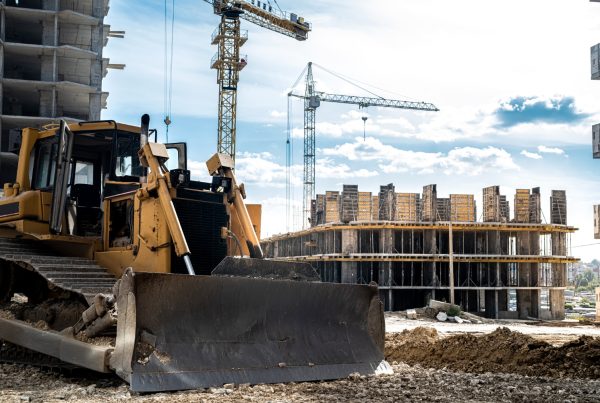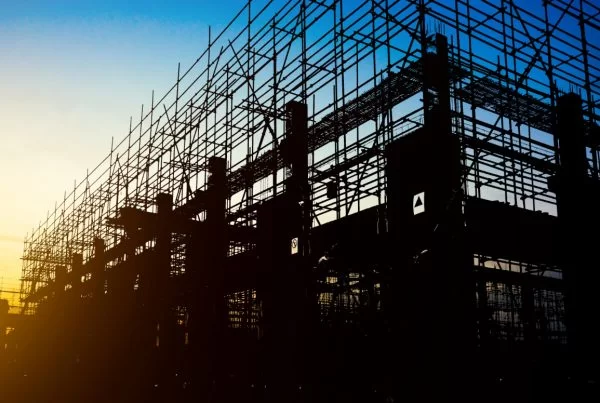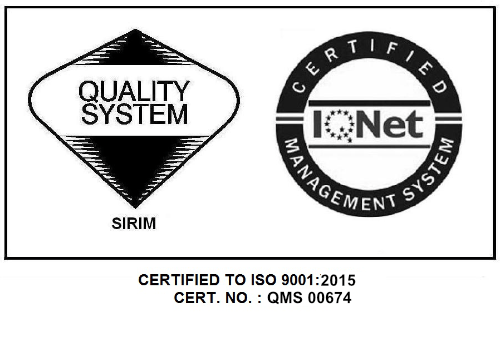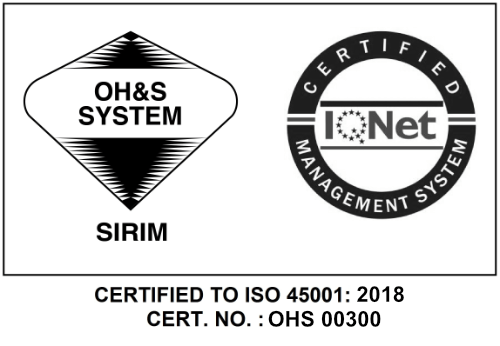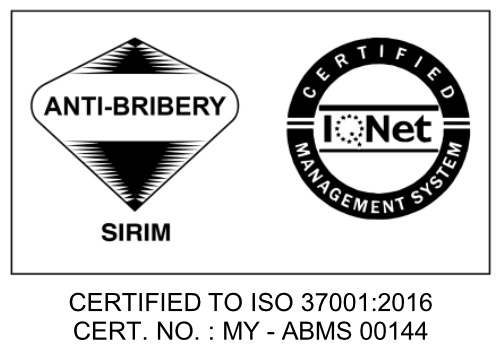
ICW Borneo 2025 at the Construction Sustainability Summit saw leading thinkers present climate-responsive strategies for the built environment. Among them was Timothy Soebroto of Meinhardt Facade Technology, who delivered compelling insights on reimagining façade engineering for tropical climates.
In the tropics, buildings face intense solar radiation, high humidity, heavy rainfall, and minimal wind – a combination that demands more than aesthetics from a façade. Timothy argued that façades must do more than look good; they must perform. A truly sustainable facade balances form with function: protecting occupants, regulating internal comfort, and reducing energy loads.
Timothy presented a case for high-performance facades based on Meinhardt’s global experience, including award-winning projects in Singapore, Jakarta, and the Middle East. These designs optimise daylight while managing glare, reflect heat instead of absorbing it, and contribute to thermal and acoustic comfort. Glass selection, he noted, plays a pivotal role – combining low shading coefficients and U-values with adequate visible light transmission.
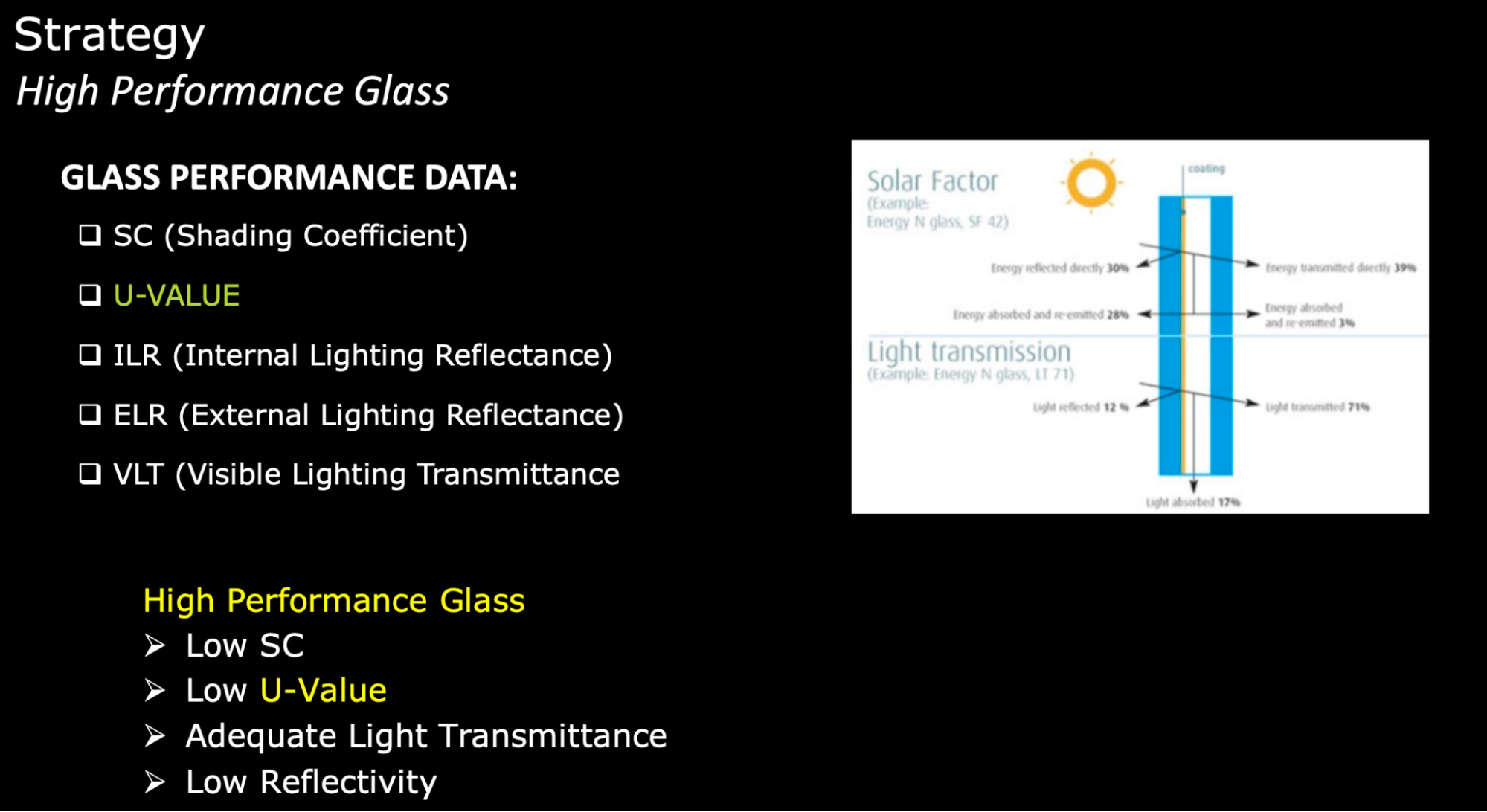
The presentation highlighted that buildings in cities like Kuching need façades that “breathe with the climate” rather than fight against it. Comfort is not just about temperature; it’s about airflow, daylighting, acoustic performance and visual quality – all tailored for tropical urban living.
Timothy concluded that in Southeast Asia, where people spend up to 90% of their time indoors, façade design must be human-centric and environmentally responsive. It’s a fine balance between aesthetics, durability and energy performance – a balance architects and engineers must strive for in every project.
Related article:
PART 2: From Passive Shield to Power Generator – The Rise of Energy-Harvesting Facades


